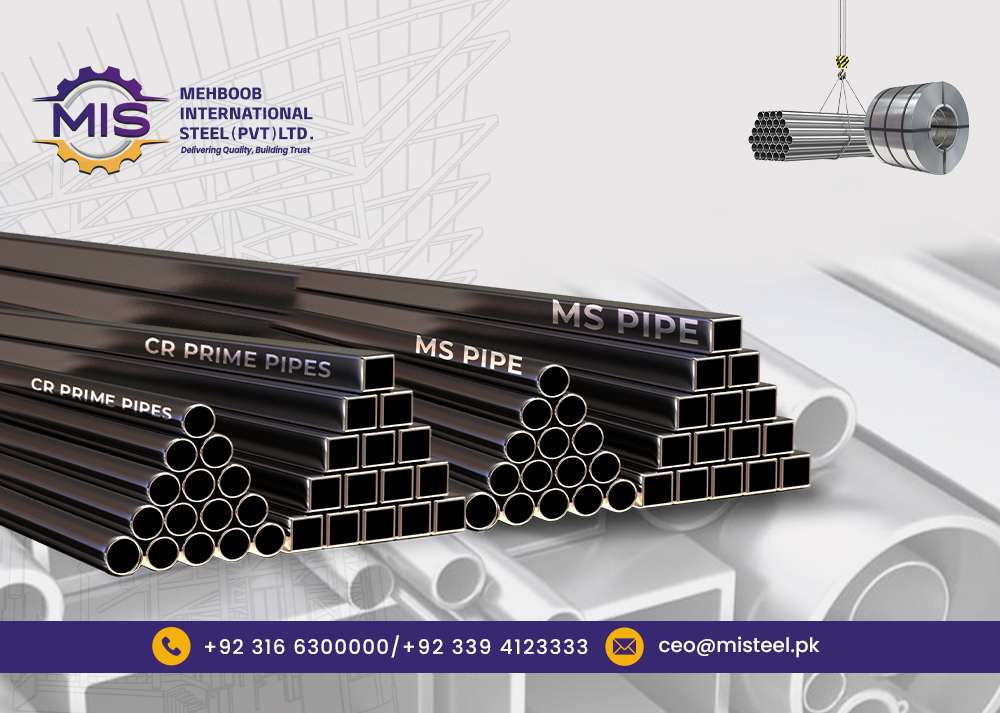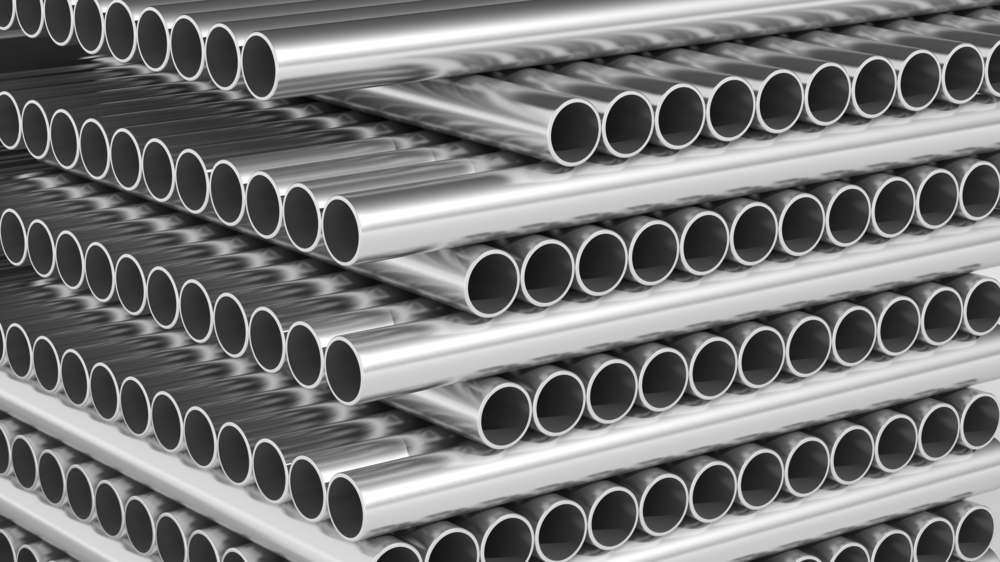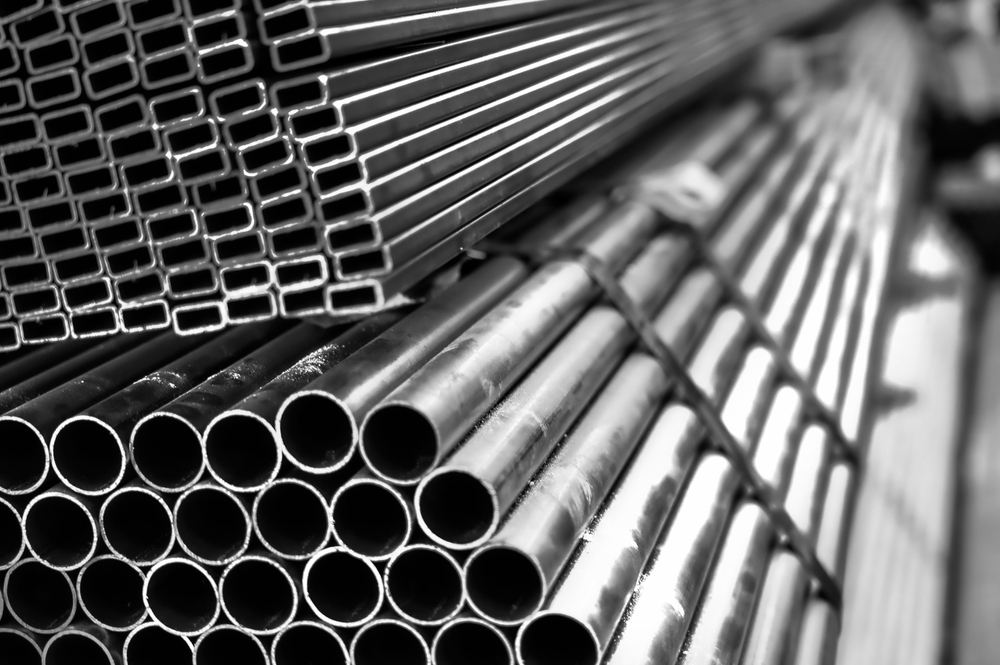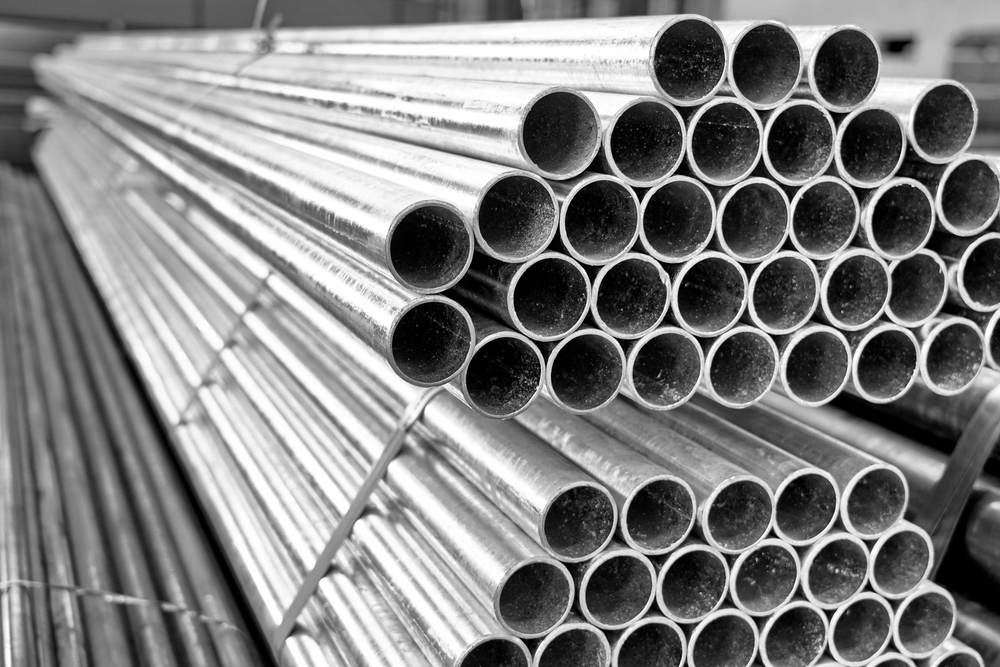
1-Unlocking Opportunities with Steel Rate Today: A Quick Insight into Favorable Steel Prices
2-Introduction:
Steel, a fundamental component in various industries, plays a pivotal role in construction, manufacturing, and infrastructure development. Understanding the dynamics of steel rates is crucial for businesses and consumers alike. This article aims to provide a quick and accessible look at steel rate today, looking into the factors influencing them and their implications for different sectors.
Steel rate today in Pakistan have traced a volatile trajectory in recent years, with complex and intertwined factors causing major fluctuations in pricing. One major development is the impact of periodic tightening and easing of lockdown restrictions during the COVID-19 pandemic. Lockdowns hampered construction and infrastructure projects, directly dampening local steel demand. When restrictions eased, pent-up demand surged, outpacing supply. Whipsawing between slack and excess demand has made steel pricing choppy.
On the supply side, rising prices of essential inputs like iron ore and scrap metal get passed through to steel rate today for local Pakistani producers. Disruptions in the availability of cheaper imported steel during global supply chain crisis points also put upward pressure on prices as buyers turn to costlier domestic production. However, inflationary pressures from a spiraling Pakistani rupee also create currency headwinds for imported steel pricing.

3-The Basics of Steel Rate Today
Steel rate today refer to the current pricing of steel, which is influenced by a multitude of factors. These include raw material costs, production expenses, global economic conditions, and demand-supply dynamics. A quick glance at today’s steel rate today provides valuable insights into the health of the industry and helps stakeholders make informed decisions.
Steel rate today refer simply to the prevailing market prices for various steel products, from hot-rolled coil to rebar. Pricing is dynamic, responsive to fluctuations in supply and demand. As a globally-traded commodity, steel prices at any given moment reflect the complex interplay of projected supply availability, levels of current and expected demand worldwide, transportation costs, geopolitical developments impacting production and trade flows, production input expenses like iron ore and coking coal, and availability of substitutes. With economies recovering and supply issues persisting post-pandemic, steel faces high demand and constrained supply, putting upward pressure on prices.
4-Factors Influencing Steel Rate Today:
The steel market is highly sensitive to various factors. Global economic conditions, supply chain disruptions, and fluctuations in demand all contribute to the complexities of today’s steel rates. Understanding these factors is crucial for anyone seeking to comprehend the nuances of the steel industry.
5-Understanding Today’s Steel Market Trends:
Recent trends in the steel industry have a significant impact on today’s rates. From changes in production methods to shifts in consumption patterns, this section will provide a snapshot of the prevailing trends in the steel market. Additionally, we will explore how geopolitical factors can influence the steel industry on a global scale.
After declining sharply during the early months of the pandemic, steel production ramped back up to meet re-surging demand. However, lingering supply chain issues have caused availability to tighten further relative to consumption needs. Consequently, steel prices have traced volatile upward trajectories, particularly in the last twelve months. Recently, recession worries have dampened prices and demand expectations somewhat. Nevertheless, today’s rates remain well above pre-pandemic benchmarks for all forms of steel.
6-Regional Variances in Steel rate Today:
Steel prices can vary significantly across different regions. In this section, we will analyze the reasons behind these regional disparities, examining the role of transportation costs, regional demand variations, and trade policies. Businesses and consumers can benefit from understanding these variations to make informed decisions.
Location-specific dynamics lead steel rates to diverge across different regions presently. In America and Europe, policies like US Section 232 tariffs and European safeguard quotas have insulated domestic steel prices while global prices outpace them. Chinese policymakers’ initiatives to cut output and reach environmental goals caused domestic price spikes even as China’s steel export prices followed global trends downwards. Within Asia, Chinese steel now trades at steep premiums to regional averages. Across global markets, localized supply/demand balances and policy factors are differentiating pricing.
Impact on Industries and Consumers
The repercussions of steel rate today are felt across various industries. Manufacturing, construction, and consumer goods are all influenced by the cost of steel. These steel prices impact these sectors, providing insights into how businesses and consumers may navigate the challenges posed by fluctuating steel rates.

7-Forecast and Predictions:
Experts in the steel industry closely monitor market trends to make informed predictions about future steel rates. These forecasts based on current conditions and anticipated factors that might drive changes in steel prices. Businesses and consumers can use this information for strategic planning.
8-Strategies for Navigating Today’s Steel Market:
Navigating the dynamic steel market requires strategic planning. This section will offer practical tips for businesses to manage costs amid fluctuating steel rates and provide consumers with guidance on making informed purchasing decisions. Staying updated with real-time information on steel prices is emphasized for effective decision-making.
In conclusion, understanding today’s steel rates involves grasping the intricacies of a dynamic and interconnected global market. By staying informed about the factors influencing steel prices, businesses and consumers can make more informed decisions, mitigating risks and capitalizing on opportunities in today’s steel industry landscape. As steel continues to be a cornerstone of modern industry, knowledge about its rates is a valuable asset in navigating the complexities of the global market.

FAQs on Today’s Steel Rates
Why do steel prices change so frequently?
Steel prices are influenced by factors like global demand, supply chain disruptions, and economic conditions. These factors change regularly, causing fluctuations in steel rates.
How do global events impact steel rate today?
Global events, such as trade agreements, geopolitical tensions, or natural disasters, can disrupt the steel market by affecting supply chains and demand, leading to changes in steel rates.
What role do regional variations play in steel prices?
Regional differences in transportation costs, demand, and trade policies contribute to variations in steel prices. Different regions may experience distinct economic conditions affecting steel rates.
How do steel prices affect everyday products?
Steel is a key material in manufacturing and construction. Fluctuations in steel prices can impact the cost of producing goods, potentially leading to changes in the prices of everyday products.
How can businesses and consumers navigate changing steel rates?
Staying informed about market trends, utilizing strategic planning, and adapting to new information are essential for businesses and consumers to make informed decisions in response to changing steel rates.



Post a comment